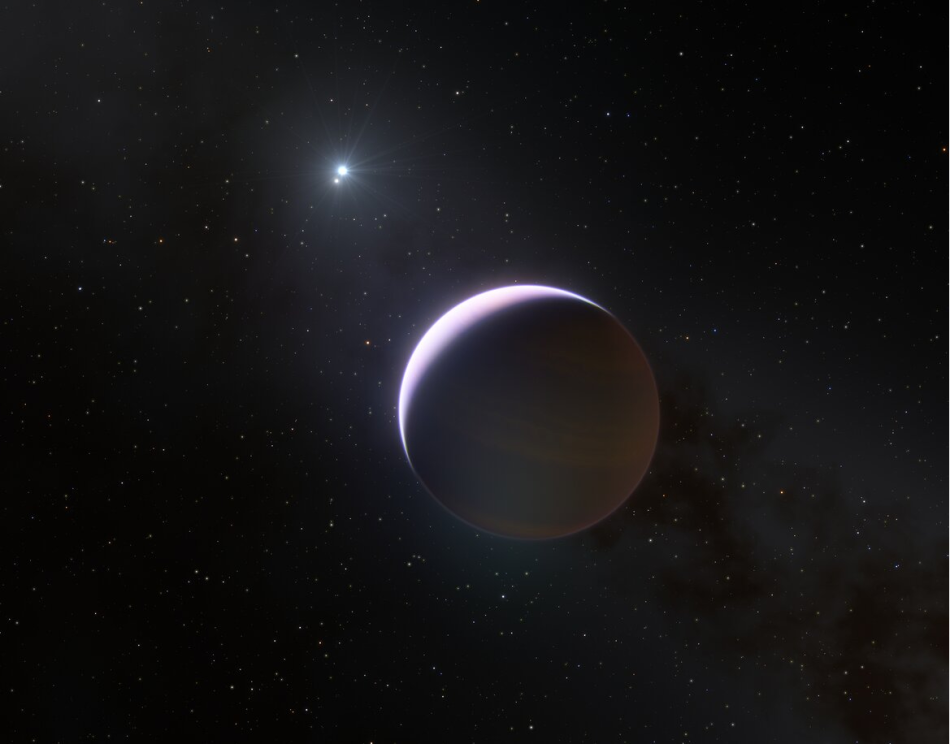The discovery of a new giant planet .. baffled Western scientists

Astronomers have discovered a new planet in the solar system, 10 times the mass of Jupiter and challenging what science knows so far about planet formation.
Scientists have spotted the giant planet orbiting the hottest and most massive double star system found so far, which made them puzzled.

The exoplanet moves around b Centauri, a binary star system 325 light-years from Earth that has a mass at least six times the mass of our Sun.
So far, no planets have been detected around a star three times the mass of our sun.
Scientists also found that the newly discovered planet, known as b Centauri b, is moving across one of the widest known orbits, at a distance from the central stars 100 times greater than the distance between Jupiter and the sun, which scientists say could be key to survival.
"Finding a planet around Proxima Centauri b was very exciting, because it completely changes the picture of massive stars as host planets," Markus Jansson, an astronomer at Stockholm University in Sweden, and lead author of the study said in a statement.
Jansson and colleagues discovered b Cen b, using the Polar Spectral High Contrast Exoplanet Search (SPHERE) instrument installed on the European Southern Very Large Observatory (ESO's VLT) in Chile, on March 20, 2019 and then again on March 10. April, 2021.
High-contrast imaging technology was used to discover the planet, allowing scientists to distinguish between the faint light coming from the planet and the very bright light emitted by the star system.
"Our results show that planets can be found in much more massive star systems than expected from extrapolation of previous findings," the study, published in Nature, said.
It is unlikely that the planet formed in situ through the classic core accretion mechanism, but it may have formed elsewhere and reached its current position through dynamic interactions, or it may have formed through gravitational instability.
The scientists noted that the main star within the double star system Proxima Centauri B, which belongs to type B stars, is three times hotter than our sun and emits large amounts of ultraviolet and X-rays.
The mass and temperature of a B-type star strongly influence the surrounding gas, which must act against planet formation.
Astronomers note that the hotter a star is, the more high-energy radiation it produces, which causes surrounding material to evaporate faster.
B-type stars are generally very destructive and dangerous environments, so it was thought that it would be very difficult to form large planets around them.
But the new discovery shows that planets can in fact form in such extreme star systems.
Study co-author Gayathri Viswanath, a student at Stockholm University, added: "The planet in Proxima Centauri B is an alien world in an environment completely different from what we experience here on Earth and in our solar system. It is a harsh environment, dominated by intense radiation, where everything is on Huge range: the stars are bigger, the planet is bigger, the distances are bigger.”



